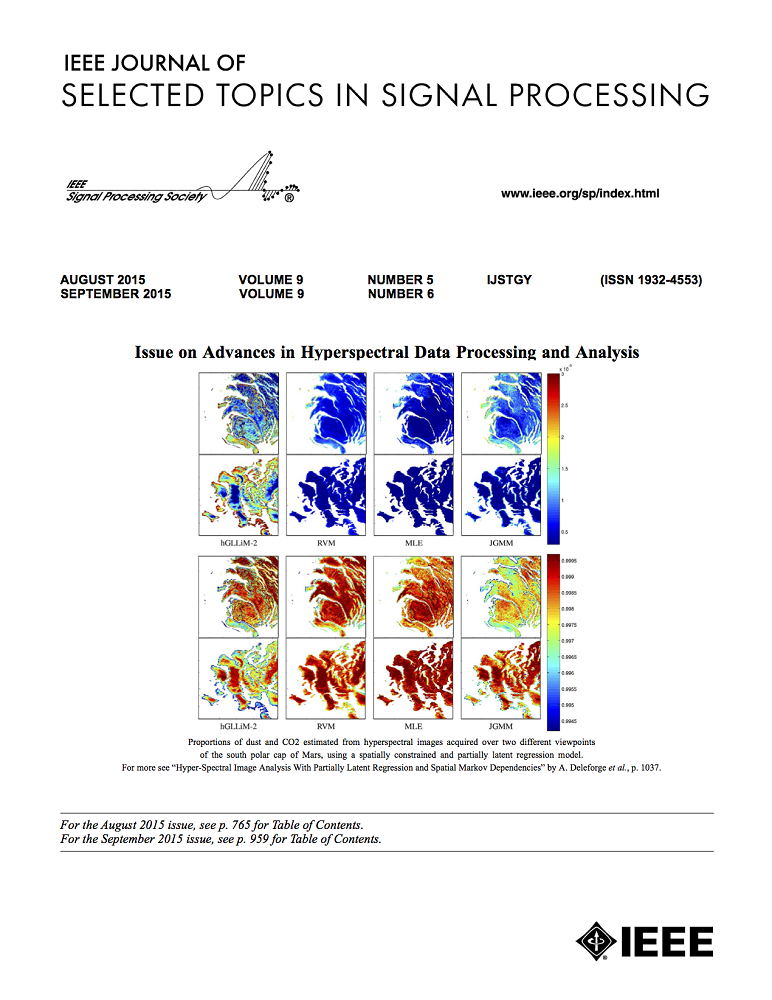Adaptive Semantic-Bit Communication for Extended Reality Interactions
IF 8.7
1区 工程技术
Q1 ENGINEERING, ELECTRICAL & ELECTRONIC
IEEE Journal of Selected Topics in Signal Processing
Pub Date : 2023-08-31
DOI:10.1109/JSTSP.2023.3310654
引用次数: 0
Abstract
Semantic communication is a novel paradigm that conveys intention or goal from the source to the destination. It can greatly improve communication efficiency, especially for the applications that require extremely low latency and high reliability, such as augmented reality (AR), virtual reality (VR) or extended reality (XR). An adaptive semantic-bit communication structure based on resource efficiency enhancement for XR is proposed, in which part of the XR users employ semantic communication, while others employ the conventional way. We utilize adaptive communication and power allocation to maximize the system-level achievable performance indicated by equivalent semantic rate. The formulated problem is addressed by a two-step optimization. First, we propose a signal-to-interference-plus-noise ratio (SINR)-based paradigm selection scheme as the semantic communication outperforms the conventional way in low and moderate SINR regimes. Then we propose a genetic algorithm-based power allocation to solve the non-convex optimization. Simulation results demonstrate that the proposed scheme achieves a higher equivalent semantic rate against the baseline schemes.扩展现实交互的自适应语义位通信
语义交际是一种将意图或目的从源语传递到目的语的新型交际范式。它可以大大提高通信效率,特别是对于增强现实(AR)、虚拟现实(VR)或扩展现实(XR)等需要极低延迟和高可靠性的应用。提出了一种基于资源效率提高的XR自适应语义位通信结构,其中部分XR用户采用语义通信方式,而其他XR用户采用传统方式。我们利用自适应通信和功率分配来最大化等效语义率表示的系统级可实现性能。通过两步优化来解决公式问题。首先,我们提出了一种基于信噪比(SINR)的范式选择方案,因为语义通信在低和中等SINR条件下优于传统方式。然后提出了一种基于遗传算法的功率分配方法来解决非凸优化问题。仿真结果表明,该方案相对于基准方案具有较高的等效语义率。
本文章由计算机程序翻译,如有差异,请以英文原文为准。
求助全文
约1分钟内获得全文
求助全文
来源期刊

IEEE Journal of Selected Topics in Signal Processing
工程技术-工程:电子与电气
CiteScore
19.00
自引率
1.30%
发文量
135
审稿时长
3 months
期刊介绍:
The IEEE Journal of Selected Topics in Signal Processing (JSTSP) focuses on the Field of Interest of the IEEE Signal Processing Society, which encompasses the theory and application of various signal processing techniques. These techniques include filtering, coding, transmitting, estimating, detecting, analyzing, recognizing, synthesizing, recording, and reproducing signals using digital or analog devices. The term "signal" covers a wide range of data types, including audio, video, speech, image, communication, geophysical, sonar, radar, medical, musical, and others.
The journal format allows for in-depth exploration of signal processing topics, enabling the Society to cover both established and emerging areas. This includes interdisciplinary fields such as biomedical engineering and language processing, as well as areas not traditionally associated with engineering.
 求助内容:
求助内容: 应助结果提醒方式:
应助结果提醒方式:


